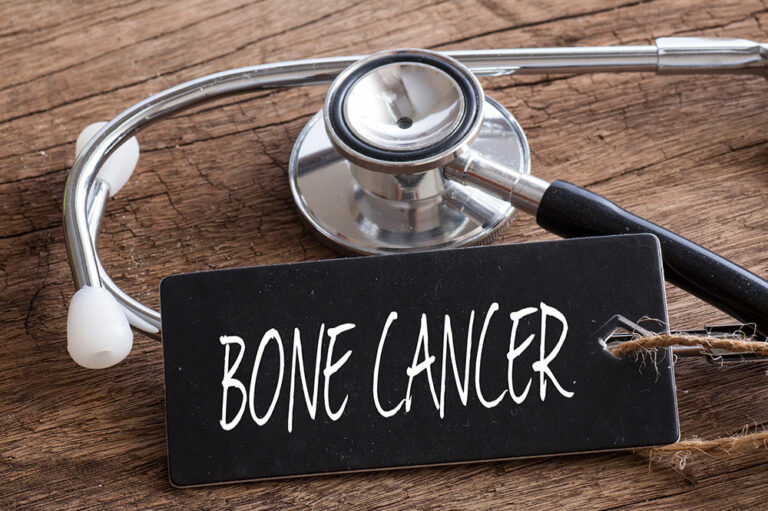
5 common errors people make while drinking water
All living organisms need water for survival. Staying hydrated has various health benefits and helps keep many health conditions at bay. Health experts advise drinking six to eight glasses of water daily. Though drinking water might seem simple, there is a right way to do it. Unbeknownst to many, people are bound to make certain mistakes while drinking water. Keep reading to learn more about such common mistakes to steer clear of. Common mistakes people make while drinking water There are many things to be aware of while drinking water besides meeting one’s daily water intake requirements. Some common mistakes people make while drinking water can negatively affect their health. Some common errors include gulping water too quickly, drinking while standing, and having water just before a meal. Gulping water quickly When you drink too fast, your body cannot absorb the water properly. As a result, the nerves in your stomach will be tense, causing indigestion due to the imbalance of fluid levels. It will also cause bloating when you consume a large volume of water. To avoid this, ensure you sip the water slowly and carefully. Drinking water while standing Even though it is common for people to drink water while standing, it is one of the common mistakes to avoid.
Read More 











